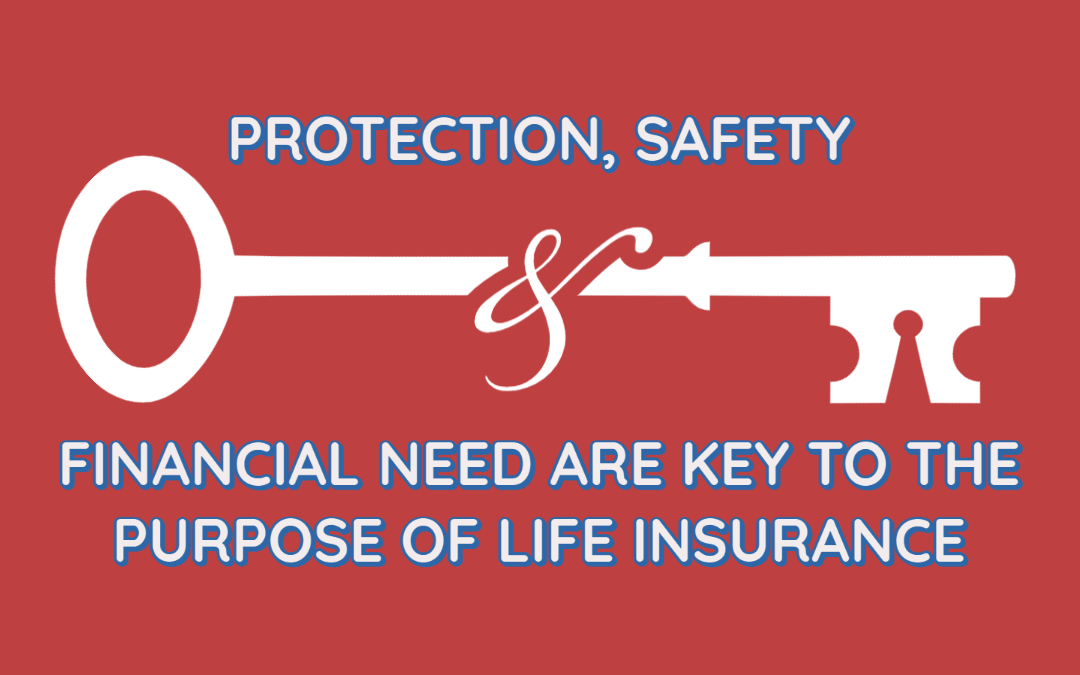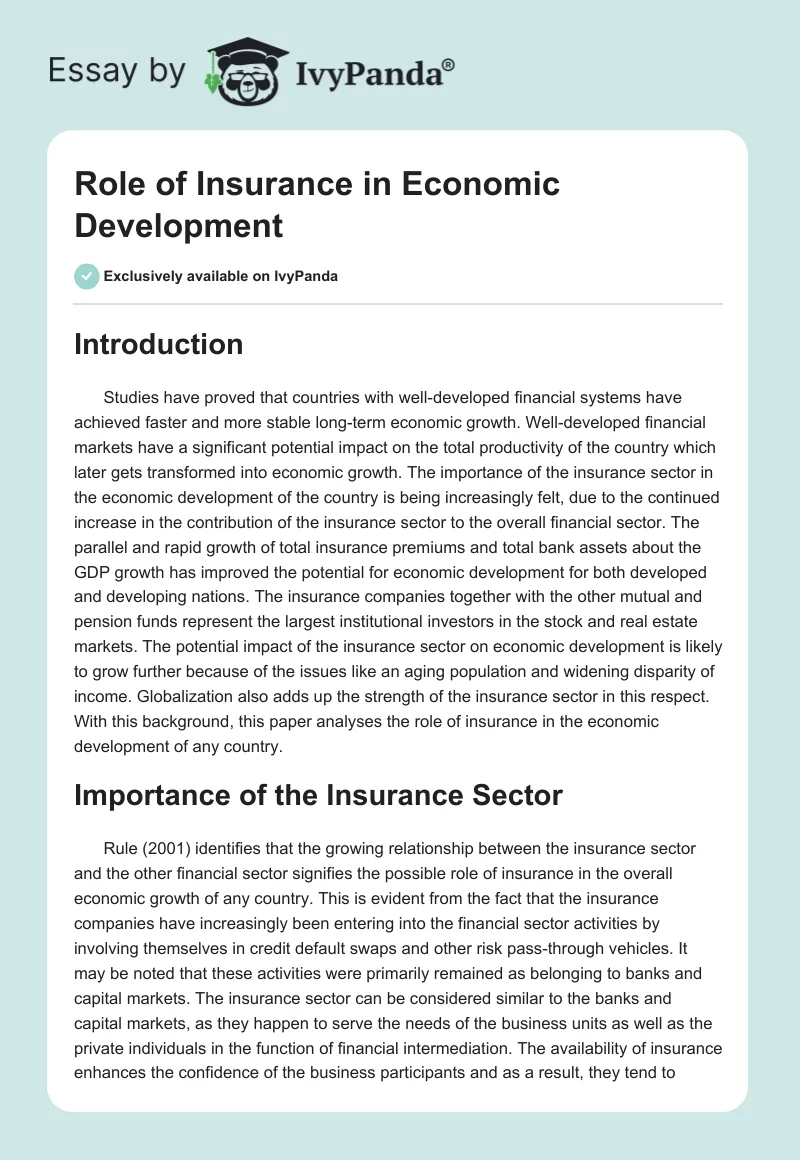A Biased View of Pacific Prime
Table of ContentsHow Pacific Prime can Save You Time, Stress, and Money.The Main Principles Of Pacific Prime See This Report on Pacific PrimeThe Facts About Pacific Prime Uncovered
In a lot of states, the insurance company is needed to send you a duplicate of the adjustments to your plan. It is very important that you read Recommendations or Cyclists so you recognize how your policy has changed and if the plan is still appropriate to meet your demands. To get a duplicate of your insurance coverage, please call your insurance policy agent or business.
The Institute of Medication (IOM) Board on the Repercussions of Uninsurance launches an extended exam of evidence that addresses the relevance of health insurance protection with the publication of this record. Insurance coverage Matters is the first in a series of six records that will certainly be issued over the next 2 years documenting the reality and consequences of having an estimated 40 million individuals in the United States without medical insurance coverage.

Examine This Report on Pacific Prime
The goal of this series of researches is to redouble plan attention on a longstanding problem. Adhering to the longest economic expansion in American history, in 1999, an approximated one out of every 6 Americans32 million grownups under the age of 65 and even more than 10 million childrenremains uninsured (Mills, 2000).

Ten percent of the populace make up 70 percent of health treatment expenses, a correlation that has continued to be constant over the previous 3 decades (Berk and Monheit, 2001) - expat insurance. Therefore medical insurance remains to offer the feature of spreading danger also as it increasingly finances regular treatment. From the viewpoint of healthcare providers, insurance brought by their people helps protect a profits stream, and neighborhoods profit from economically sensible and secure health care specialists and organizations
Federal government provides wellness insurance coverage to populaces whom the personal market may not serve effectively, such as handicapped and seniors, and populations whose access to healthcare is socially valued, such as children and pregnant women. The best ends of medical insurance protection for the private and neighborhoods, including work environment communities of staff members and companies, are enhanced health and wellness results and high quality of life.
Pacific Prime Fundamentals Explained
Workers place health insurance policy first by much in relevance among all the benefits offered in the office (Salisbury, 2001). There have actually been large financial investments of personal and public funds to supply health insurance policy, numerous individuals still have no protection. Regardless of substantial reporting of study searchings for and health and wellness treatment study results, the public stays baffled and misinformed concerning Americans without health insurance coverage and the ramifications of doing not have coverage.

Without inquiry, the complexity of American healthcare funding mechanisms and the riches of resources of details contribute to the general public's confusion and apprehension about wellness insurance policy data and their analysis. This record and those that will certainly follow objective to boil down and offer in readily reasonable terms the considerable research that bears upon concerns of health and wellness insurance protection and its relevance.
Fifty-seven percent of Americans polled in 1999 believed that those without medical insurance are "able to obtain the treatment they need from doctors and medical facilities" (Blendon et al., 1999, p. 207). In 1993, when national focus was concentrated on the troubles of the without insurance and on pending health and wellness treatment regulations, just 43 percent of those polled held this belief (Blendon et al., 1999).

They likewise receive fewer precautionary services and are less likely to have regular take care of chronic conditions such as hypertension and diabetic issues. Chronic conditions can bring about costly and disabling issues if they are not well handled (Lurie et al., 1984; Lurie et al., 1986; Ayanian et al., 2000). One national survey asked even more than 3,400 adults concerning 15 very serious or dark conditions.
The Definitive Guide to Pacific Prime
Additional evidence exists later on in this chapter in the conversation of insurance coverage and accessibility to healthcare. https://young-nemophila-a7b.notion.site/Pacific-Prime-Your-Partner-for-Comprehensive-Insurance-Solutions-7ea95e6a0f4e46d6a51631c55774899a?pvs=25. Individuals without wellness insurance coverage are young and healthy and pick to do without insurance coverage. Practically fifty percent (43 percent) of those checked in 2000 believed that people without medical insurance are most likely to have health issue than individuals with insurance
Voters and policy manufacturers in focus group discussions define those without insurance as youngsters that have the chance to be covered and feel they do not need it (Porter Novelli, 2001). Compared to those with at the very least some private insurance coverage, the without insurance are less likely to report being in exceptional or extremely great wellness (Agency for Healthcare Study and Quality, 2001).
SOURCE: Facility for Price and Financing Research Studies, Company for Healthcare Study and Quality, based on MEPS information. Youthful grownups between 19 and 34 are much more likely to do not have health and wellness insurance than any type of various other age team. This is chiefly because they are less typically qualified for employment-based insurance because of the nature of their task or their short tenure in it.
The understanding that individuals without insurance policy have better-than-average health adheres to from perplexing the relatively young age account of the without insurance with the better health, usually, of younger persons. This obscures the link in between health and wellness condition and medical insurance. For those without access to work environment medical insurance, bad health is a potential barrier to purchasing nongroup protection due to the fact that such insurance coverage might be very valued, leave out pre-existing problems, or linked here be merely inaccessible.